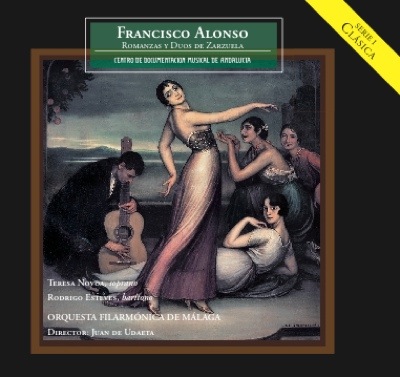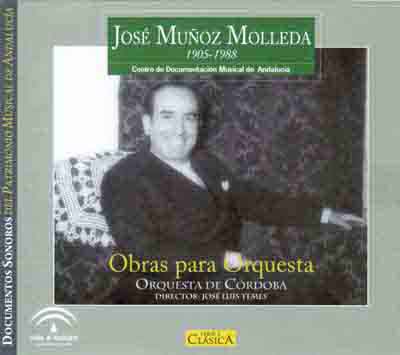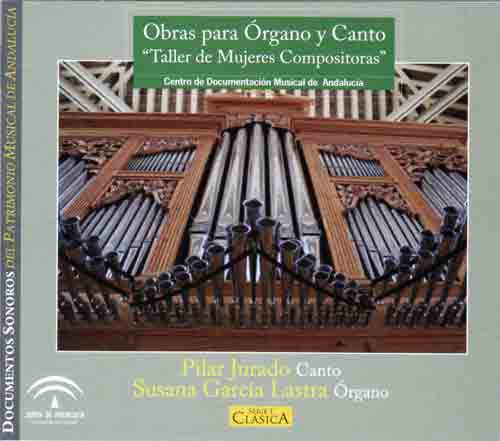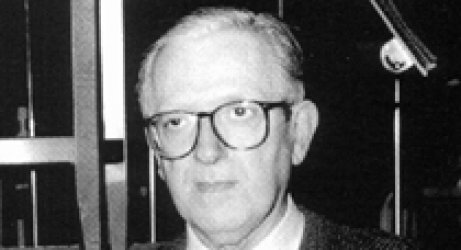Romanzas de Dúos y Zarzuelas
Francisco AlonsoOrquesta Filarmónica de Málaga
Conductor: Juan de Udaeta
The composer Francisco Alonso, who in his time was known as ‘maestro Alonso’, belongs to the second generation of twentieth century Spanish composers of theatre music. This group of composers, better known as the ‘Generation of the Masters’, includes such eminent figures as José María Usandizaga, José Padilla, Juan Vert, Reveriano Soutullo, Federico Moreno Torroba, Jacinto Guerrero, Pablo Sorozábal, Conrado del Campo and Jesús Guridi, amongst others. They each left a large amount of theatre music, resulting in one of the most productiv...+ info
José Muñoz Molleda
Obras para OrquestaOrquesta de Córdoba
Conductor: José Luis Temes
JOSÉ MUÑOZ MOLLEDA: WORKS FOR ORCHESTRA In strictly chronological terms, José Muñoz Molleda must be considered a member of the so-called Generation of 27 (also the Silver Generation or the Generation of the Republic), because he borra in the sarne year (1905) as for example Ernesto Halffter, Emilio Lehmberg and Jesús Bal y Gay. Then, he was a year older than Gustavo Pittaluga and Simón Tapia-Colman (1906) and a little younger than Jesús García Leoz (1904), Evaristo Fernández Blanco and Rosa García Ascot (1902), Arturo D&...+ info
Obras para Órgano y Canto
Taller de Mujeres CompositorasPilar Jurado, Canto
Susana GarcÃa Lastra, Órgano
WOMEN COMPOSERS WORKSHOP WOMEN COMPOSERS WORKSHOP is an initiative of the Spanish Music Festival of Cadiz, with the sponsorship of the Regional Ministry of Culture of the Government of Andalusia, the Andalusia Women’s Institute, University of Cadiz and the Musical Documentation Center of Andalusia. Since its first edition in 2005, it has become a meeting point for reflection and creation of Spanish women composers. Seminars, meetings, discussions, publications of aesthetic thought of the creators, editions of printed music and sound recordings are carried out. Its aim is to visualize a...+ info
Nuevo Disco: OBRAS PARA VIOLONCELLO Y PIANO. TRÃOS 1 Y 2. MANUEL CASTILLO
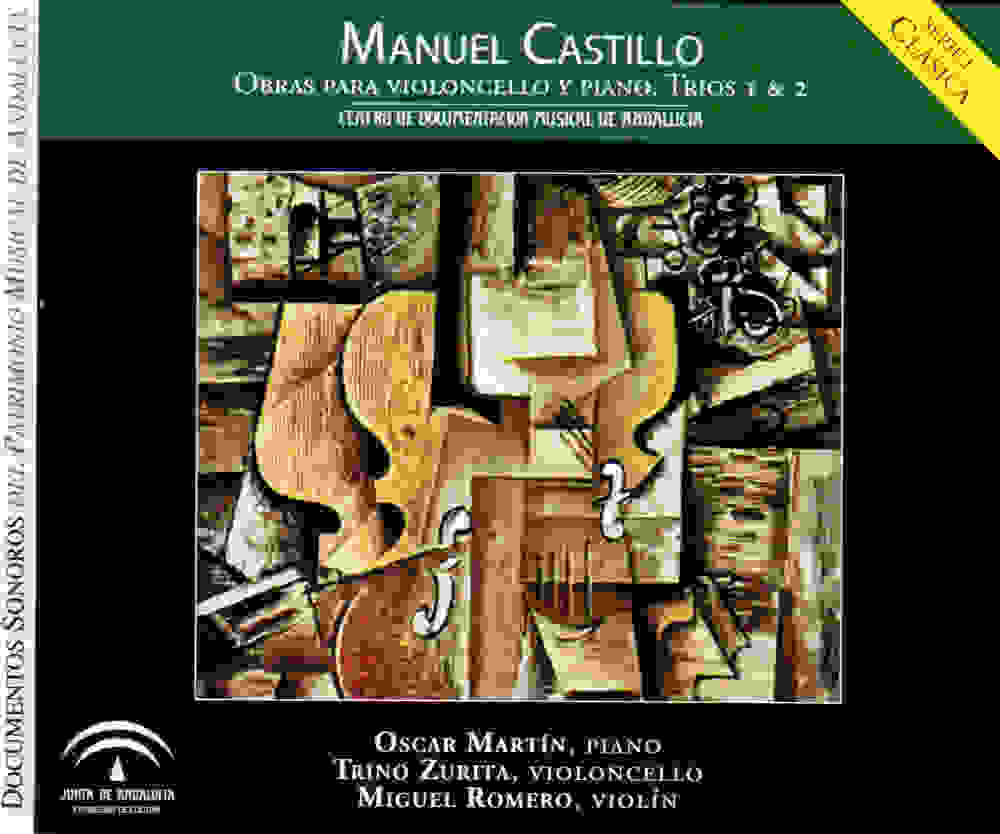
Almaviva
Almaviva aims to highlight the workof such illustrious Andalusians as Manuel de Falla and Joaquín Turina.
Edited
Junta de Andalucía. Consejería de Cultura
Coordinated
Centro de Documentación Musical de Andalucía
Produced
Agencia Andaluza de Instituciones Culturales
+ More
New in Almaviva
See the latest Almaviva.
Go to News
Buy our records
Shop in Almaviva all disks of our artists.
Simply access the Online Purchase section and select the disks you want.
In short time you will receive in your home.
Go to online Shopping


